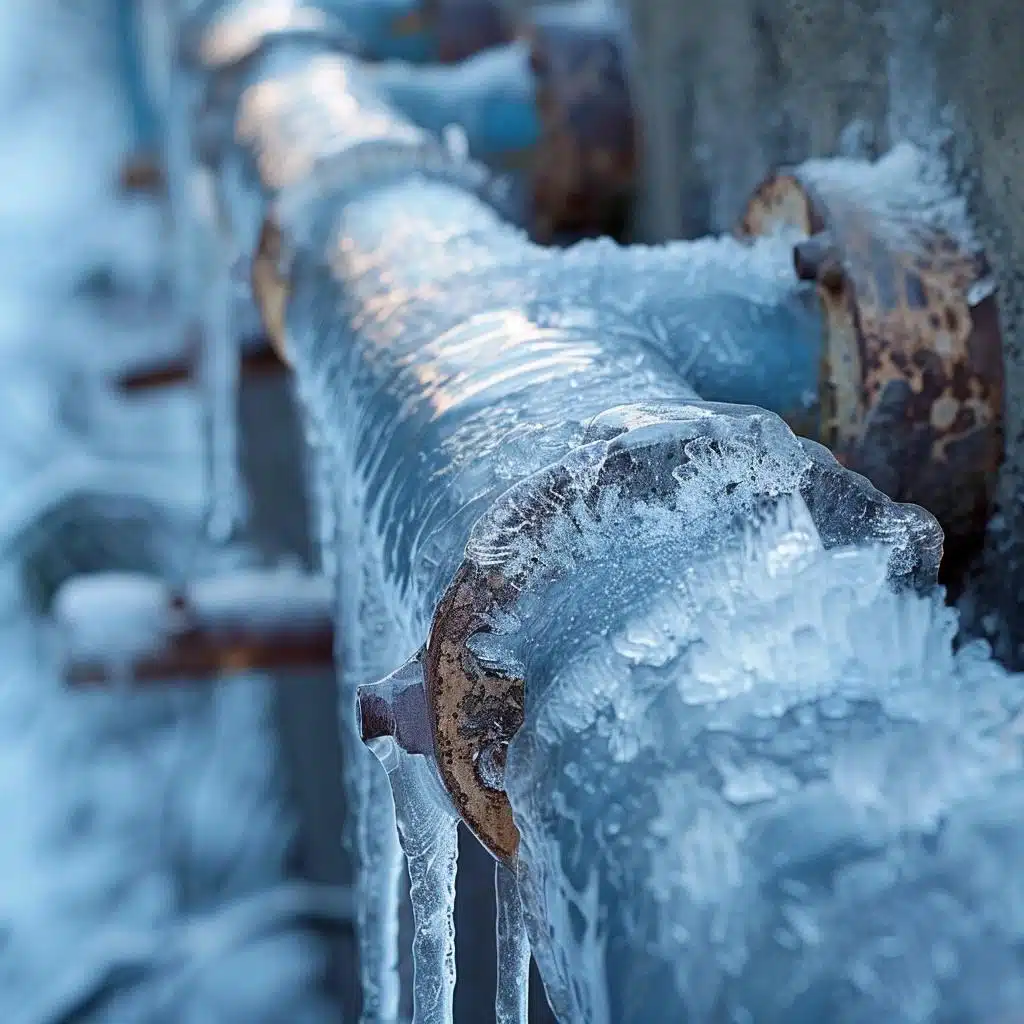Protecting Your Pipes from Freezing: Best Tips
Protecting Your Pipes from Freezing: Best Tips
Blog Article
The article below in relation to Winter Plumbing Precautions: Preventing Frozen Pipes is without a doubt intriguing. Try it and draw your own personal ideas.

Cold weather can damage your pipes, especially by freezing pipes. Right here's exactly how to stop it from taking place and what to do if it does.
Intro
As temperatures decline, the danger of icy pipes increases, possibly causing expensive repair work and water damage. Recognizing just how to prevent icy pipelines is important for home owners in cold climates.
Recognizing Frozen Pipelines
What creates pipes to freeze?
Pipelines ice up when exposed to temperature levels below 32 ° F (0 ° C) for expanded durations. As water inside the pipes ices up, it broadens, putting pressure on the pipe wall surfaces and potentially triggering them to break.
Dangers and damages
Icy pipelines can result in water system interruptions, home damages, and expensive repair services. Ruptured pipes can flood homes and cause considerable structural damage.
Signs of Frozen Pipes
Determining frozen pipelines early can prevent them from rupturing.
Exactly how to determine icy pipelines
Look for lowered water flow from faucets, unusual smells or sounds from pipes, and visible frost on revealed pipes.
Avoidance Tips
Protecting prone pipelines
Cover pipes in insulation sleeves or utilize heat tape to safeguard them from freezing temperature levels. Focus on pipes in unheated or outside areas of the home.
Home heating techniques
Keep indoor areas effectively warmed, particularly locations with plumbing. Open cupboard doors to allow warm air to circulate around pipelines under sinks.
Protecting Outdoor Pipes
Garden pipes and outside faucets
Disconnect and drain pipes garden tubes before winter season. Set up frost-proof spigots or cover exterior faucets with protected caps.
What to Do If Your Pipelines Freeze
Immediate actions to take
If you presume frozen pipes, maintain taps available to eliminate stress as the ice thaws. Make use of a hairdryer or towels soaked in hot water to thaw pipelines slowly.
Long-Term Solutions
Structural modifications
Think about rerouting pipelines far from exterior wall surfaces or unheated locations. Include additional insulation to attic rooms, cellars, and crawl spaces.
Updating insulation
Invest in top notch insulation for pipelines, attic rooms, and walls. Proper insulation helps maintain consistent temperatures and lowers the risk of icy pipelines.
Verdict
Avoiding icy pipelines requires aggressive measures and quick actions. By understanding the causes, indications, and preventive measures, home owners can protect their plumbing throughout winter.
5 Ways to Prevent Frozen Pipes
Drain Outdoor Faucets and Disconnect Hoses
First, close the shut-off valve that controls the flow of water in the pipe to your outdoor faucet. Then, head outside to disconnect and drain your hose and open the outdoor faucet to allow the water to completely drain out of the line. Turn off the faucet when done. Finally, head back to the shut-off valve and drain the remaining water inside the pipe into a bucket or container. Additionally, if you have a home irrigation system, you should consider hiring an expert to clear the system of water each year.
Insulate Pipes
One of the best and most cost-effective methods for preventing frozen water pipes is to wrap your pipes with insulation. This is especially important for areas in your home that aren’t exposed to heat, such as an attic. We suggest using foam sleeves, which can typically be found at your local hardware store.
Keep Heat Running at 65
Your pipes are located inside your walls, and the temperature there is much colder than the rest of the house. To prevent your pipes from freezing, The Insurance Information Institute suggests that you keep your home heated to at least 65 degrees, even when traveling. You may want to invest in smart devices that can keep an eye on the temperature in your home while you’re away.
Leave Water Dripping
Moving water — even a small trickle — can prevent ice from forming inside your pipes. When freezing temps are imminent, start a drip of water from all faucets that serve exposed pipes. Leaving a few faucets running will also help relieve pressure inside the pipes and help prevent a rupture if the water inside freezes.
Open Cupboard Doors
Warm your kitchen and bathroom pipes by opening cupboards and vanities. You should also leave your interior doors ajar to help warm air circulate evenly throughout your home.

As a fervent person who reads about Helpful Tips to Prevent Frozen Pipes this Winter, I think sharing that post was sensible. You should take the time to share this content if you liked it. We take joy in your readership.
Automated Marketing Report this page